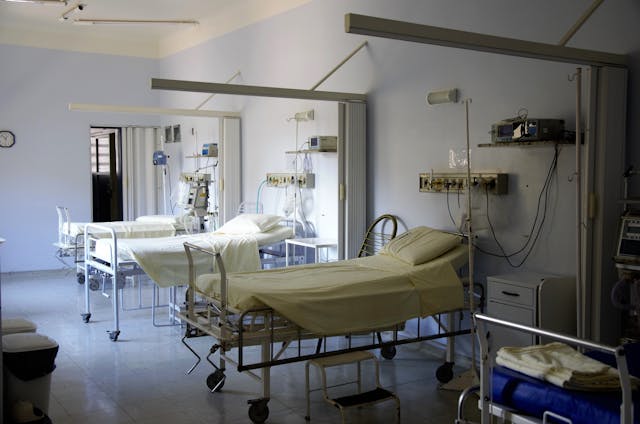Home » News » 2024 » October
News Brief
Oct. 29, 2024 |
By: Mark Richardson - Public News Service
Rural Emergency Hospital program aims to keep rural facilities from closing

By Mark Richardson - Public News Service
With many rural hospitals on the financial critical list, Congress created a Rural Emergency Hospital model in 2021 to help deliver critical care to struggling communities in Nebraska and elsewhere.
Two years in, the Bipartisan Policy Center has issued a report which showed care is improving where the system has been implemented but more work is needed. Under the model, 32 Rural Emergency Hospitals in 14 states have been established.
Julia Harris, health program director at the center, said the plan is preserving health care options for rural residents.
"If you start seeing hospital closures go down, that's a success measure," Harris asserted. "Because this should be what helps them meet the needs of the community and stay open rather than being forced to close."
Harris pointed out under the Rural Emergency Hospital model, a rural facility can offer emergency department, observation, outpatient care and skilled nursing facility services in a distinct unit. Warren Memorial Hospital in the town of Friend is currently the only such facility in Nebraska.
Harris noted the growth of the model is reducing the number of rural hospital closures but acknowledged challenges remain in operational flexibility and the availability of financial assistance. She emphasized they studied states across the Midwest, looking for hospitals and communities which could benefit from a Rural Emergency Hospital.
"The reason we chose Kansas and Nebraska is because there was some modeling done to see which states would have the most hospitals eligible for this model," Harris explained. "Those were two states that had a lot of potential REHs. "
Other recommendations in the report included support for prescription drug discounts, more flexibility in converting to Rural Emergency Hospital status, timely payments to speed the process and more funding for providing technical and operational assistance, with what are called technical assistance centers.
"There is a federal TA center to help hospitals that are trying to consider their pros and cons," Harris observed. "We advocate for continued funding for that TA center to be able to continue to do this sort of advising and help states make these choices."
![]()






